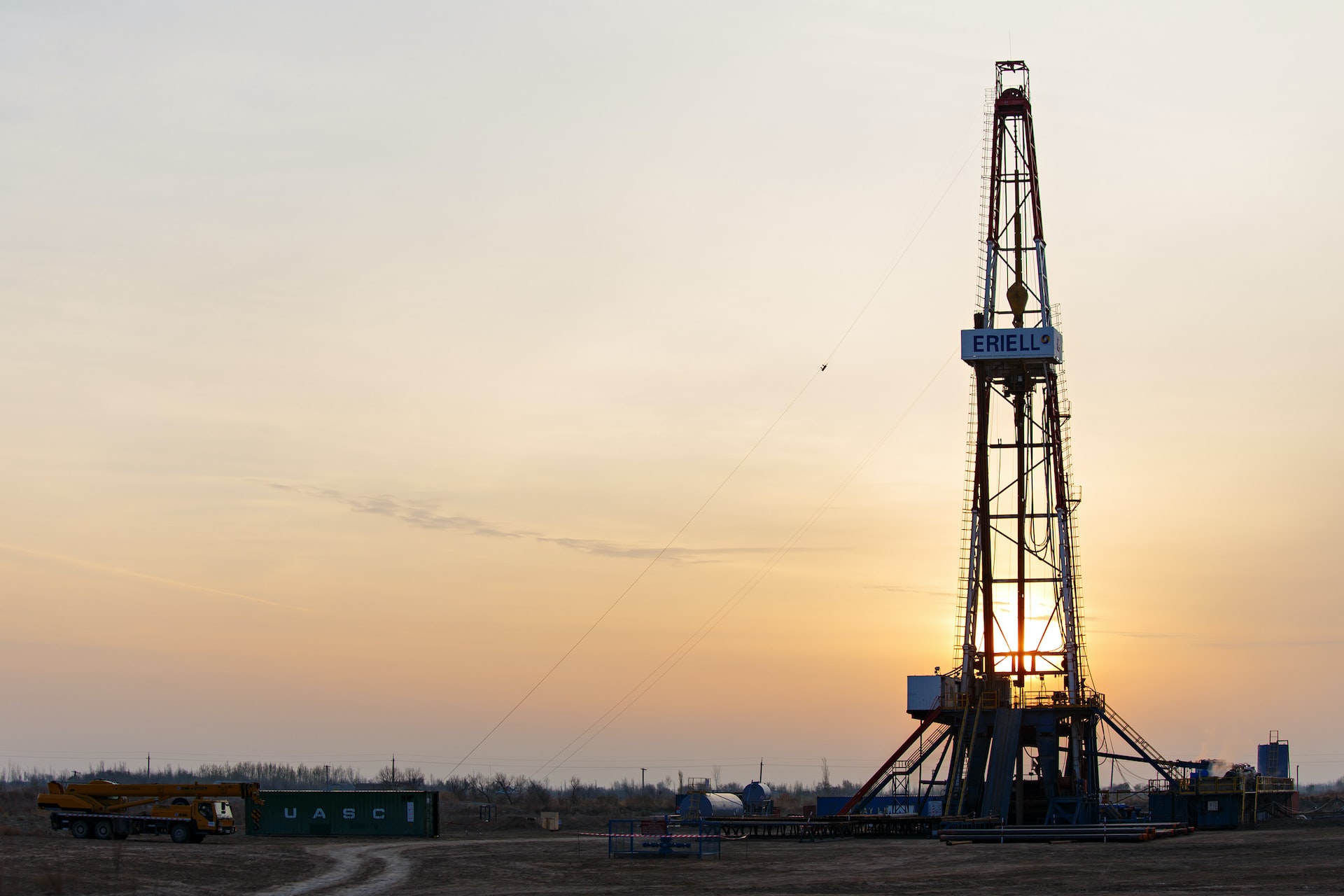
Everything You Need to Know About Fracking and Climate Change
We are reader-supported. When you buy through links on our site, we may earn affiliate commission.
When people talk about pollution contributing to global warming, they often mention fracking. It’s a process that’s been around for hundreds of years, but not many people understand how it connects to intensified natural disasters and a warming climate. This guide has everything you need to know about fracking and climate change to understand how fracking companies can improve the planet.
What Is Fracking?
Every time you need to fill up your car at a gas station, you’re purchasing a fracking product. Hydraulic fracturing is a high-volume process that pulls crude oil or natural gas from rock formations. Machines combine sand, water and various chemicals before firing the concoction at massive rocks to crack them and get the gas or oil inside.
Which Countries Contribute Most to Fracking?
The latest research from the U.S. Energy Information Administration (EIA) shows that Russia, America and China are the top three countries producing shale oil. At the same time, China, Argentina and Algeria are the leading shale gas producers. Both require fracking to retrieve and distribute, so fracking happens worldwide.
Effects of Fracking on Climate Change
How does this extract process hurt the planet? These are the most immediate ways fracking contributes to global warming before the products ever reach consumers.
1. It Poisons Waterways
After fracking drills blast rocks apart, the chemical water doesn’t disappear. It seeps into the surrounding layers of the earth and poisons the local environment. The fluids often contain endocrine disruptors and carcinogens that flow into nearby waterways and hurt wildlife. Eventually, the chemicals reach water sources that also support towns and cities.
It’s worth noting that fracking drills aren’t using a small amount of water. The U.S. Geological Survey (USGS) found that a single well uses 1.5-16 million gallons of water to reach and extract gas or oil. It’s significant water usage that poisons an already limited natural resource.
2. It Pollutes Nearby Terrain
The fracking water that doesn’t immediately reach waterways will soak the surrounding terrain. Oversaturated soil sends the water further out, quickly getting into farmlands and forests.
People often imagine oil spills when they think of gas harming the planet. Many notable spills have made headlines, like the BP Deepwater Horizon explosion that occurred after a series of system failures and ultimately poured over 100 million gallons of oil into the Gulf of Mexico. The pollution killed animals and poisoned beach terrain long after the initial cleanup began.
Those environmental tragedies cause widespread devastation for people, animals, terrain and the planet, but people should remember that each oil spill begins with fracking.
3. It Creates Air Pollution
Fracking happens underneath many soil and rock layers, but it immediately affects the planet’s air quality. According to a 2020 study published in Fracking and the Environment, airborne fracking pollution falls into three categories: organic gases, particulate matter and nitrogen oxides, a subsection of particulate matter.
The study found organic gases including benzene, methane, toluene, butane and other volatile compounds in the atmosphere around fracking sites. The gases result from the high-temperature combustion needed to break rocks apart.
Sustainably minded people should note that fracking contributes methane to the atmosphere. That’s a primary gas trapping the sun’s heat. When fracking sites add methane pollution to the air, they prevent the atmosphere from releasing heat and directly contribute to climate change disasters.
Researchers with Cornell University’s Department of Ecology and Evolutionary Biology found that American shale-gas production via fracking between 2007 – 2017 added more than half of fossil fuel emissions globally. That amount also accounted for one-third of increased global emissions. Efforts to reduce this pollution would significantly help the environment just from U.S. efforts alone.
There’s another reason why air pollution from fracking is so harmful. Particulate matter (PM) is microscopic particles that harm people when inhaled. A 2017 study found that this type of pollution kills around 20,000 Americans yearly and connected the pollution to evidence that PM results in side effects like asthma, cardiovascular disease, preterm births and higher-risk pregnancies. The direct contact with the pollution by inhaling transfers PMs directly to the bloodstream, causing these effects.
Potential Fracking Solutions
There are various ways the U.S. specifically could reduce the effects of fracking on climate change. First, the country could switch to fracking systems that don’t need water. Instead, the already-available technology would use gelled fluid to crack rock with one-eighth of the liquid currently required to drill.
Fracking companies could also target methane leaks by monitoring for the gas with infrared cameras. Teams would immediately know when leaks occur and fix them without guesswork adding time to repairs.
The recent Cornell University study also found that lower-bleed fracking designs would reduce methane leaks by 35 billion cubic feet annually, accounting for a significant portion of the U.S. air pollution from fracking. The research also showed how solar-powered pumps could bring that number down by an additional 5.9 billion cubic feet.
Using water for fracking purposes could become more efficient if fracking companies opted for brine or recycled water in their machines. Instead of utilizing fresh water, the recycled or saline water would come from non-potable sources.
Fracking companies would also have to consider wastewater purification to create a comprehensive approach to eliminating their pollution. Monitoring and treating the wastewater or waterways around fracking sites would significantly reduce the poisonous chemicals affecting local environments, animals and residents.
Even if people implemented all of these solutions, the drills would still need diesel to operate. Switching to machines powered by solar panels or other forms of renewable energy would eliminate the last source of environmental harm perpetuated by fracking sites.
Learn More About Fracking and Climate Change
Fracking and climate change might not be the first thing people picture when they think about global warming, but the world currently doesn’t have one without the other. There are numerous forms of fracking pollution that all have scientific research backing their existence. Fighting the environmental harm with green fracking solutions would greatly improve the planet’s wellbeing and help all living things in the process.
Share on
Like what you read? Join other Environment.co readers!
Get the latest updates on our planet by subscribing to the Environment.co newsletter!
About the author
Grace Waters
Always inspired by the natural world around her, Grace grew up exploring tide pools and hiking mountain trails, developing a deep appreciation for biodiversity and conservation. Now, Grace works as the Senior Editor of Environment.co where she covers topics related to emerging clean technologies, zero-waste initiatives, and the intersection of environmental policy and everyday living.





